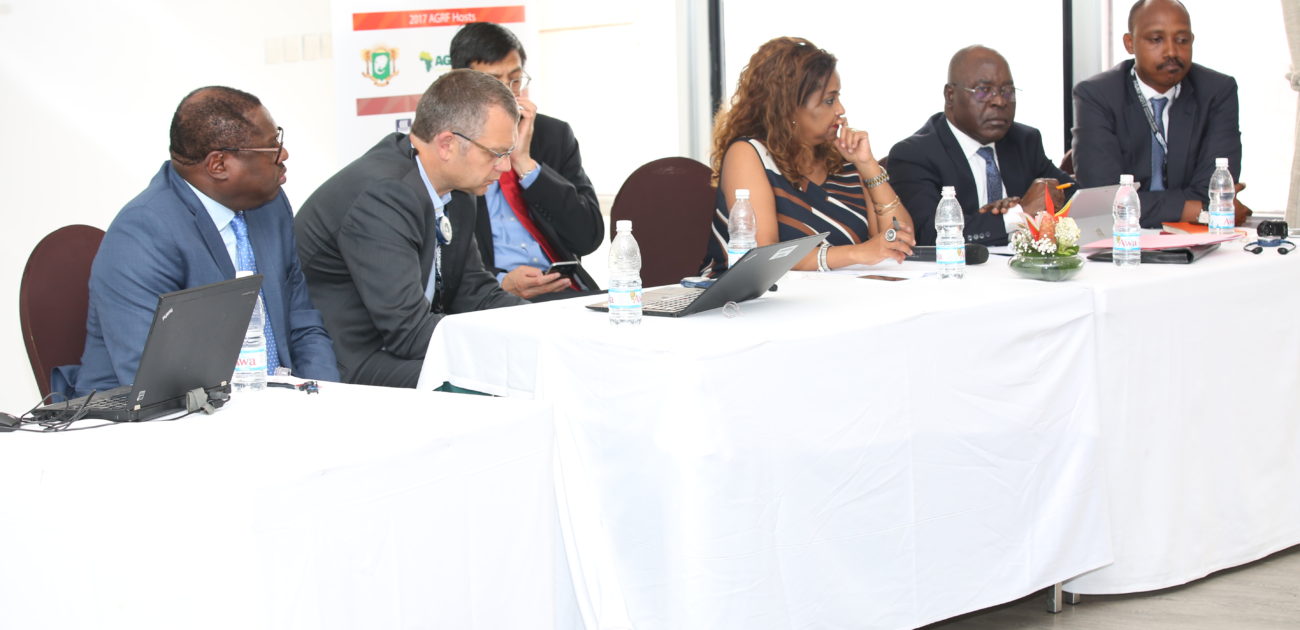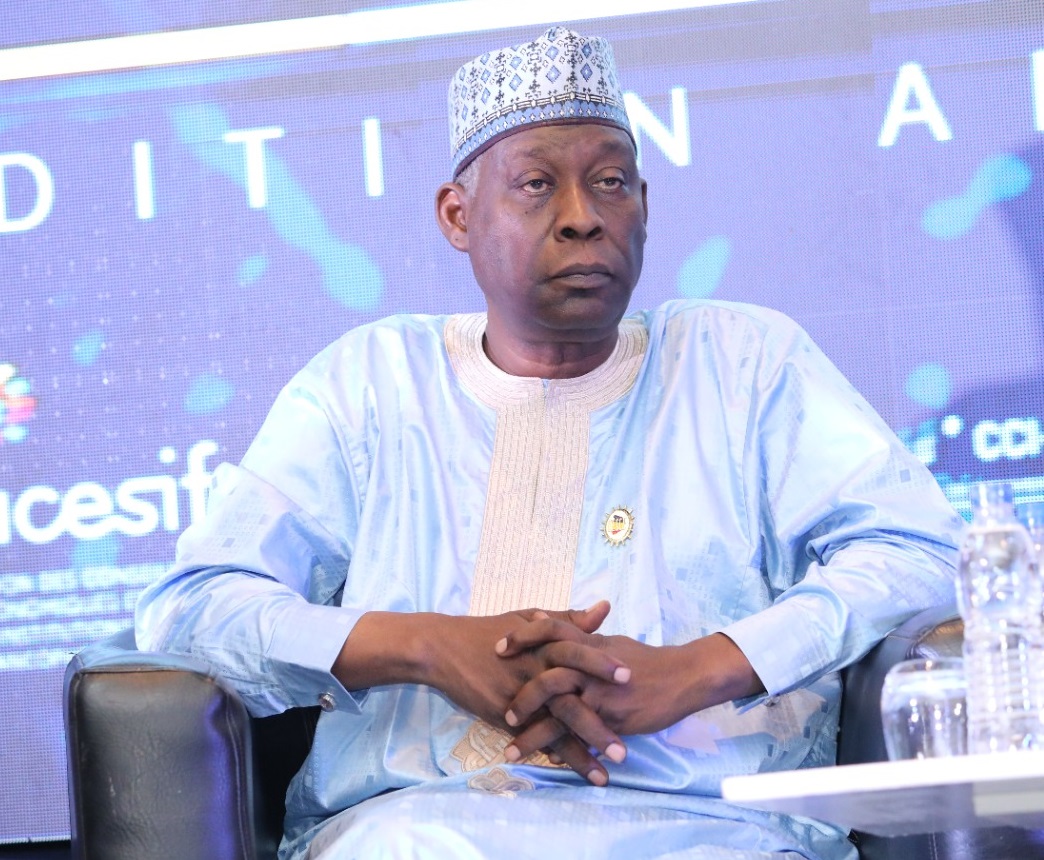Africa’s food supplies, nutrition, wealth and wellbeing rest on stimulating agricultural production, and yet the continent remains hidebound, still, by regulatory processes or gaps that are slashing productivity along every step of the value chain, according to speakers at an AGRF 2017 discussion on enabling the business of agriculture.
The session, held by the World Bank in partnership with the Alliance for a Green Revolution in Africa (AGRA), provided an analysis of 62 countries looking at ways of enabling the business of agriculture.
Speakers emphasized that sustainable agricultural development was one of the most powerful tools to end extreme poverty, as the economic and social mainstay of millions of smallholder farmers in Africa and the continent’s largest source of incomes, jobs and food security.
Moreover, with the world’s population expected to reach nine billion by 2050, food demand is forecast to increase by at least 20 per cent globally over the next 15 years, with the largest increases projected in Sub-Saharan Africa, South Asia and East Asia.
To feed the world in coming years, it is essential to increase the productivity, profitability and sustainability of African agriculture. “To achieve this goal, we need to be more productive and efficient in the way we grow food, while building the resilience of both farmers and food supply chains, while simultaneously reducing the environmental footprint of the agriculture and food sectors,” said Mr. Shenggen Fan, Director General International Food Policy Research Institute (IFPRI).
This required policies and regulations that foster growth in the agriculture and food sectors, well-functioning markets, and thriving agribusinesses, to make more food available.
In pursuit of these objectives, the World Bank has set out to measure and monitor regulations that affect the functioning of agriculture and agribusiness.
Dr Holger Kray, the Head of the Africa Agriculture Policy Unit at the World Bank explained that despite the inherent complexity of agricultural systems and the differing regional and country contexts in which agriculture and agribusiness performance is evaluated, globally comparable data and indicators offer meaningful tools that enable countries, policy makers and stakeholders to identify barriers impeding the growth of agriculture and agribusinesses.
The World Bank’s enabling agriculture statistics now form a basis from which countries can share experiences and develop strategies to improve their policy environment anchored in local contexts.
The World Bank’s ‘enabling business of agriculture’ indicators cover seed, fertilizer, machinery, finance, and are helping to strengthen the information base that can be used for informed policy dialogue and encourage regulations that ensure the safety and quality of agricultural inputs, goods and services while minimizing costs to make more food available to more people.
In this, robust, effective and efficient regulatory systems are essential components of well-functioning agriculture and food markets. In turn, such systems can help end poverty by 2030 and boost shared prosperity – as well as the Sustainable Development Goals.
with agrf




































